lotus flower
Lotus flower specifications
- Scientifically named : Nymphaeaceae
- Order : Proteales
- Family : Nelumbonaceae
- Genus : Nelumbo
- Native : South Africa and East America
The lotus flower , scientifically named ” Nymphaeaceae “, native to South Africa, is one of the most popular plants, often seen in pink and blue. The lotus is an aquatic plant and is also known as the lotus, water lily.
Aquatic plants in general do not have special and complex maintenance and their only need is the constant presence of water and the static water, so it is suitable for beginners. Lotus is a herbaceous and aquatic plant with very large leaves that float on the surface of the water, whose rhizomes are buried in the water bed and have very long petioles.
read more : Everything about pot marigold flower : How to Plant & care for them
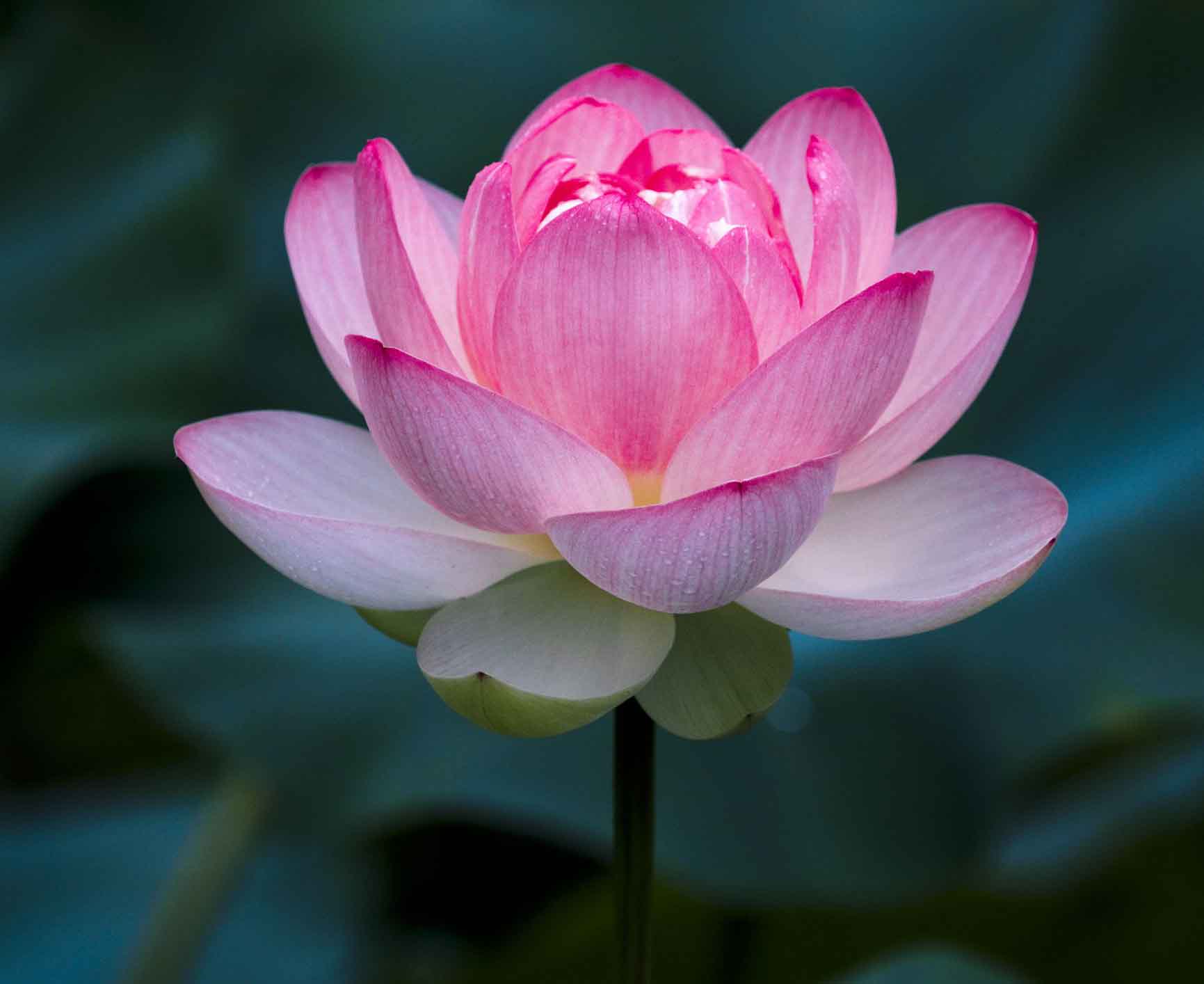
Lotus seeds are produced in a circular pod located in the center of the flower. The lotus seed can last for a long time and maintain its ability to germinate. A lotus seed can become a plant after 1300 years of latency.
Lotus flowers are usually white, pink, blue and yellow. The flowers of many lotus specimens open in the morning and close in the evening. Lotus flowers are found in some countries such as China, India, Egypt and Thailand.
The lotus plant can reach a height of 49 inches (124 cm), but spreads horizontally (in terms of width) by 305 cm. The diameter of a lotus flower is 20 cm. The flowers, leaves, seeds and roots of the lotus are edible and are often used in Asian cuisine. Older and larger leaves are used for food packaging. Lotus is rich in fiber and B vitamins. It is also a rich source of iron and other important minerals. Dried lotus flags are used to make aromatic tea. Flowering time of this plant is from late June to late September.
read more : Everything about mallow flower : How to Plant & care for them
The European lotus is native to East America and is distributed in India in the waters of the Kashmir Lakes and in Europe, Asia and other parts of the world. In Iran, in northern Iran, between Rasht and Lahijan, it grows in stagnant waters.
Yellow lotus or lotus is seen in the water of Sarab in Kermanshah. There is another species of Egyptian lotus. There are other species with red flowers and yellowish white flowers that are less common in Iran and are only imported for decoration in some gardens.
Lotus seeds : Lotus seeds is grown in Baqlakash village in Anzali lagoon. This plant has a green cap and its small green seeds have healing and medicinal properties and are used in traditional medicine. This plant is called nelumbium capsicum in scientific language.
Iran dried lotus flower
In addition to its decorative aspect, dried lotus flower pods has many usages in traditional medicine and pharmacy. The reasonable price of lotus dried flower pods has caused the sale and purchase of dried lotus flower for export to bring great profits to the exporters and wholesalers of dried lotus flower , and in this way, it will also help the country’s economy and currency.
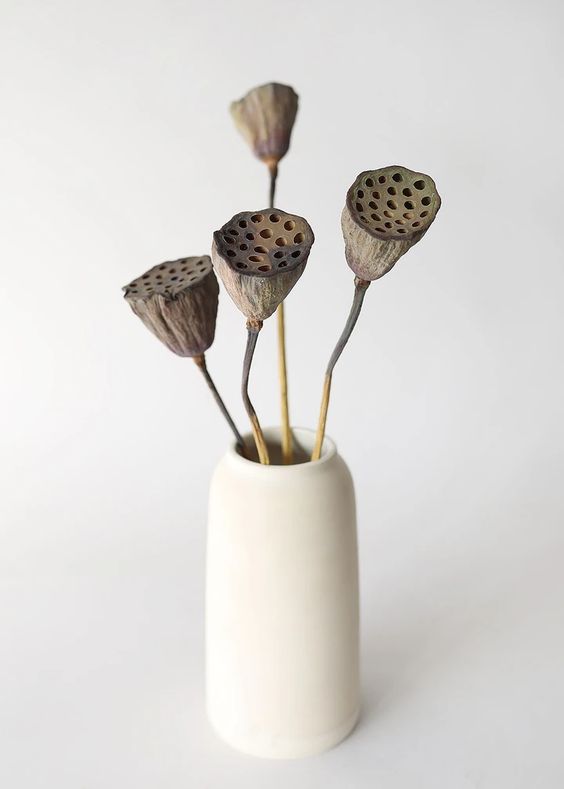
read more : Drying natural flowers | Introducing 8 wonderful ways to dry flowers
What is their spiritual significance?
In many cultures the lotus flower is considered as being a sacred flower. It is a prominent figure in food, medicine, and art. It is clear why people find lotus flowers to be so magical, since they are literally ancient beings who cannot be killed.
Each flower color has its own symbolism to it, and people will grow or eat them in order to manifest or set intention for a certain outcome or feeling. A lotus flower meaning is a language in its own right.
But more than anything, a lotus flower of any color has a powerful meaning and is known as being “the flower of life”, which correlates with rebirth. This is because of the flowers’ incredible ability to withstand millions of years of evolution, a literal meteor shower, topped off with the horrific pollution and environmental collapse we’re experiencing today. It will continue to thrive regardless of the elements.
-
The Red Lotus
The red lotus flower is a symbol of love and passion, which is an obvious correlation as most red flowers signify something similarly romantic. They also signify compassion, sympathy, and selfless love.
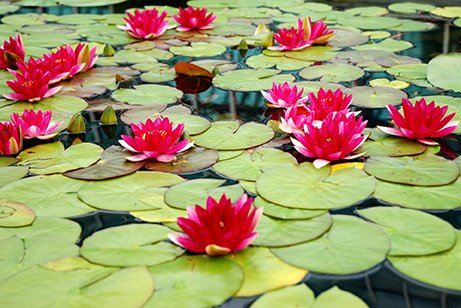
-
The White Lotus
The white lotus flower is one of the most common and most popularly grown color of lotus flower. The white lotus signifies purity of mind and heart, as well as fertility, faith, grace, and knowledge. It has been nicknamed “womb of the world”.
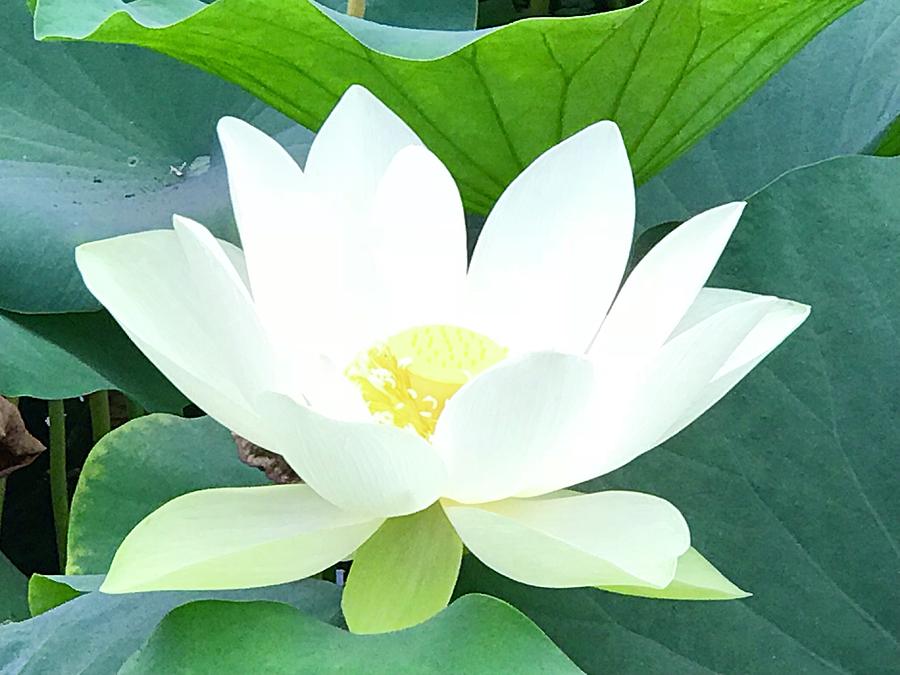
-
The Yellow Lotus
The yellow lotus are another commonly grown types of lotus flowers. They obviously symbolize joy, but they also signify openness, curiosity and hospitality and for this reason are commonly grown on a front property.
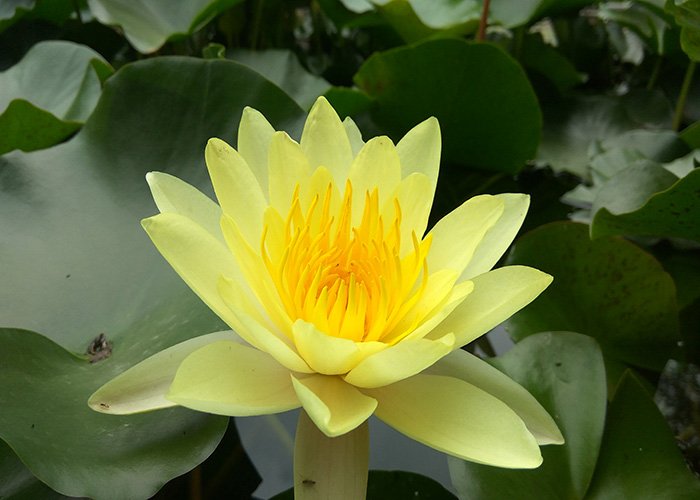
-
The Pink Lotus
The pink lotus flower is the variety that is most commonly associated with Buddhism and it is known as being a very earthly symbol. A closed flower bud means following a spiritual path, whereas a bloomed flower signifies enlightenment.
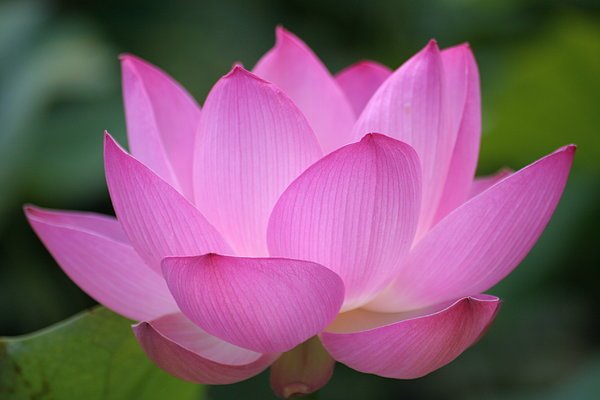
-
The Blue Lotus
The blue lotus flower is known as “the perfection of wisdom” and it is a very important symbol in Hinduism. It signifies intelligence, knowledge, and wisdom, and represents victory of the spirit over the senses.
There is an extremely rare lotus species called the Changanassery which is known to have 1000 flower petals. It will bloom literally once in a blue moon, and has just bloomed for only a second time in a small town in Sri Lanka.
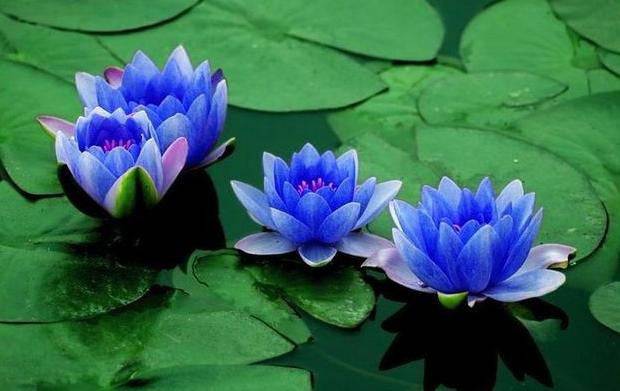
read more : Everything about echinops plant : How to Plant & care for them
How are Lotus Flowers Used?
-
Ornamental
More often than not, folks first recognize lotus plants as being used ornamentally. Lotus is an aquatic plant, meaning that their roots grow at the bottom of small, shallow bodies of water.
This makes lotus plants the perfect option for growing in a pond or large water container. They have excessively beautiful flowers that can sometimes bloom for a significant amount of time.
Lotus plants, depending on the species and variety, will also bear rather interesting leaves. Very similar to the foliage of a water lily (hence the confusion between the two plants) they occasionally have leaves that are circular, flat, and float atop the surface of a pond.
-
Edible / Medicinal
The secondary purpose of lotus plants that people are aware of is as an edible plant. Nearly every part of the plant is not only edible, it’s both delicious and nutritious.
Lotus root can be eaten raw or cooked. Lotus root is often found as a garnish, but it can also be used as a starchy alternative to potatoes. They’re super rich in vitamins as well. Lotus flower petals are very fragrant and fresh tasting.
The leaves and seed pods of the plant are used medicinally and are known to have properties that help with issues like blood pressure and clean bowels. They are often made into teas.
-
Water Treatment
As we mentioned earlier, lotus plants are capable of actually cleaning the water that they are growing in. They do this in two different ways: through sun blocking and rhizofiltration.
Because of the high density of leaves floating in the surface of a water body, sunlight is unable to reach the bottom. This counteracts the natural process that occur where there is a build up on minerals and nutrients (which causes algae growth).
Additionally, rhizofiltration helps keep water clean because the lotus roots actually filter contaminants in the groundwater. Because of this, the oxygen content in the water is on average 20% higher in lotus ponds than ponds without lotus.
read more : Iran medicinal plants
How many Lotus Species are there?
Despite the variety of colors, petal arrangements, and sizing of lotus plants that you may have seen, there are actually only 2 species that are currently known and still surviving. These are nelumbo nucifera and nelumbo lutea.
What are some Types of Lotus Flowers?
-
American Lotus ( Nelumbo Lutea )
The American lotus is the most popularly grown and eaten type of lotus. It can grow in all sorts of different climates and is known also as the yellow lotus or water chinquapin. N lutea grows naturally throughout North America and the Caribbean.
N lutea has circular foliage that is either blue or green and grows lovely delicate flowers that are either white or yellow with 20 petals each. They can grow to be 5 feet in length and are suitable for deeper ponds.
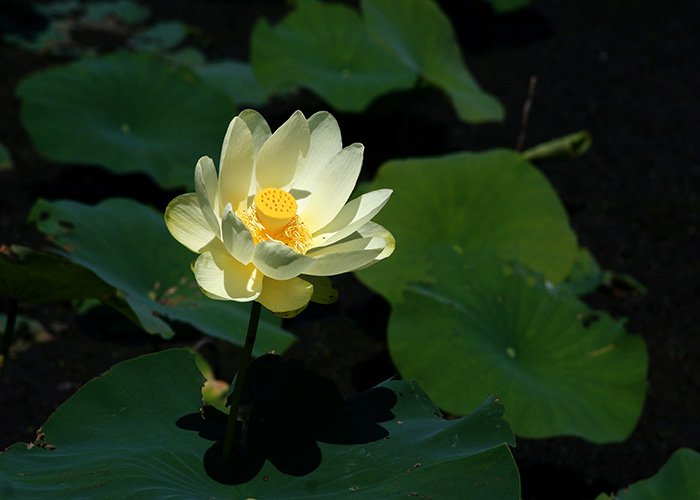
-
Sacred Lotus ( Nelumbo Nucifera )
The sacred lotus is also known as the water bean or the Indian lotus flower. Some people mistakenly call it a water lily because of their similarity in appearance, though they are part of different genus’.
The Indian lotus flower features a golden yellow centre and bright pink flower petals that sit high above an erect petiole, holding the cup shaped flower far above the water surface. These flowers close at night and open in the morning.
N nucifera is a native plant throughout eastern and southern Asia and there it is a symbol of longevity, both because the plant can grow roots over 8 feet in length and because the seed lotus can remain viable after over 1000 years of dormancy.
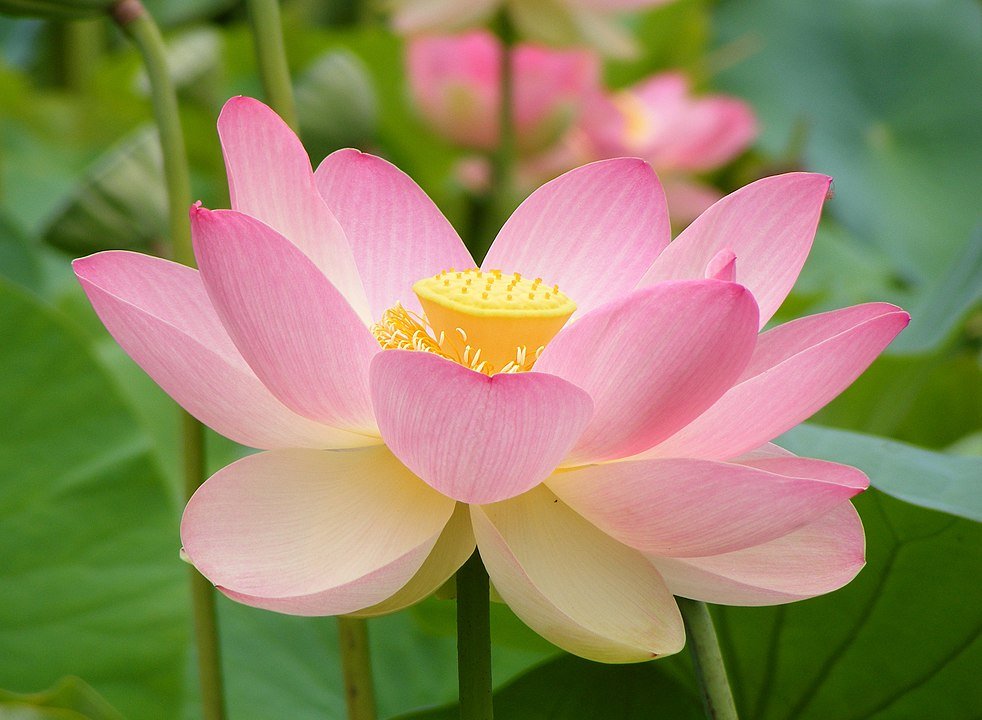
read more : Everything about damask rose flower : How to Plant & care for them
-
Yellow Lotus of the Sunshine
This is a white flower blossom that has dark crimson borders along each flower petal and a bright yellow centre. Each flower is around 6 inches in diameter and has over 20 petals per flower.
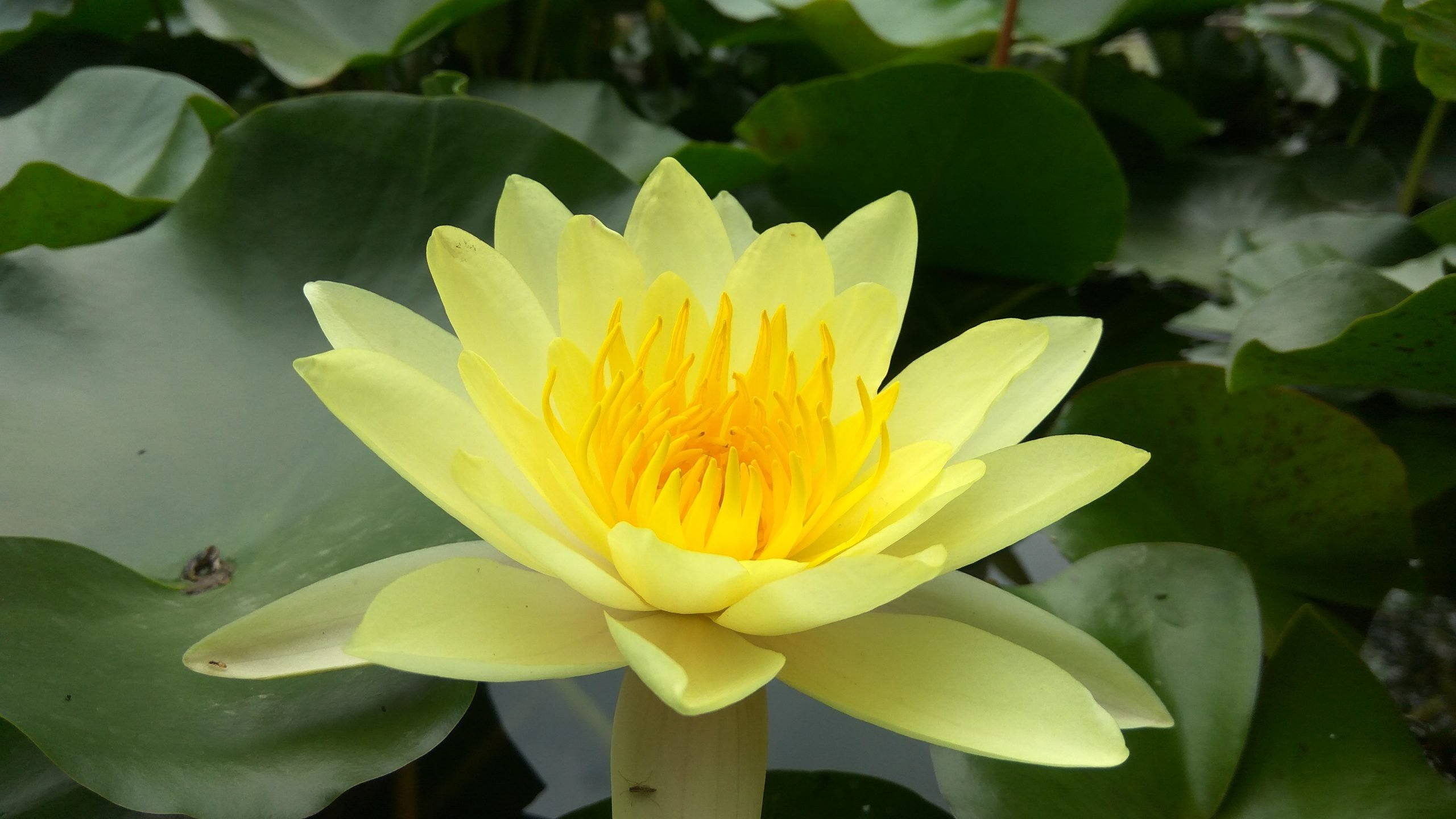
-
Perry’s Giant Sunburst Lotus
Perry’s giant sunburst lotus is quite a sight to see. The stems can grow to be over 8 feet long, and it bears double flowers. Each yellow flower can be over 12 inches in diameter!
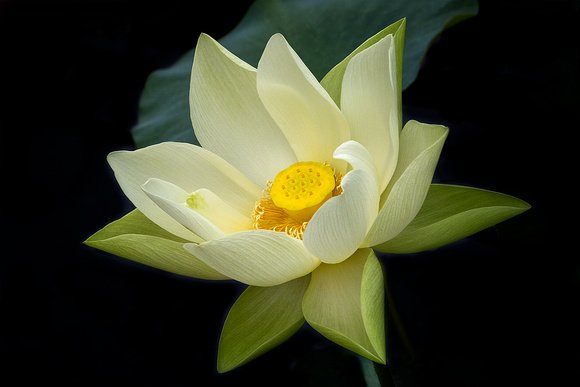
-
Vietnamese Lotus
The Vietnamese lotus is a important staple when it comes to culinary traditions in certain parts of Asia. It is often grown as an edible plant and bears huge, showy white flowers or pink flowers.
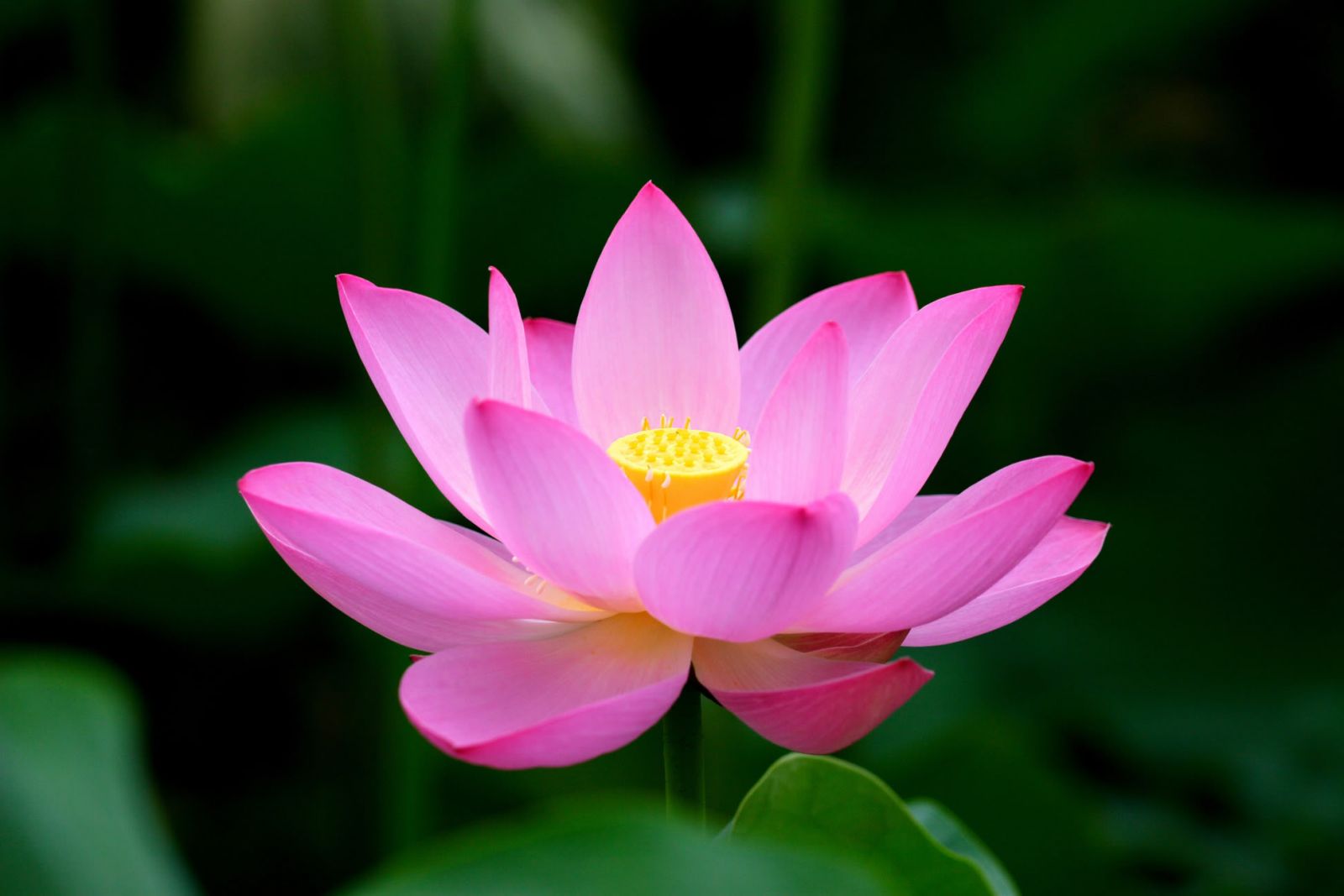
-
Angel Wings Lotus
This plant variety is most recognized by its leaves that are very similar to the foliage of water lilies. They are large, circular, and float on the water surface. Accompanying these leaves are huge white flowers.
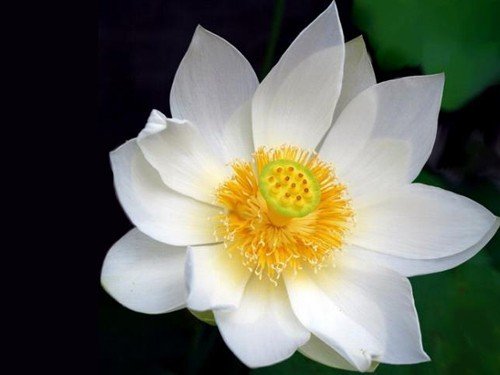
-
Momo Botan Lotus
The Momo Botan was one of the first lotus varieties that was brought from Asia to North America. It is a dwarf variety that only grows to be about 2 feet in height and it bears bright pink flowers.
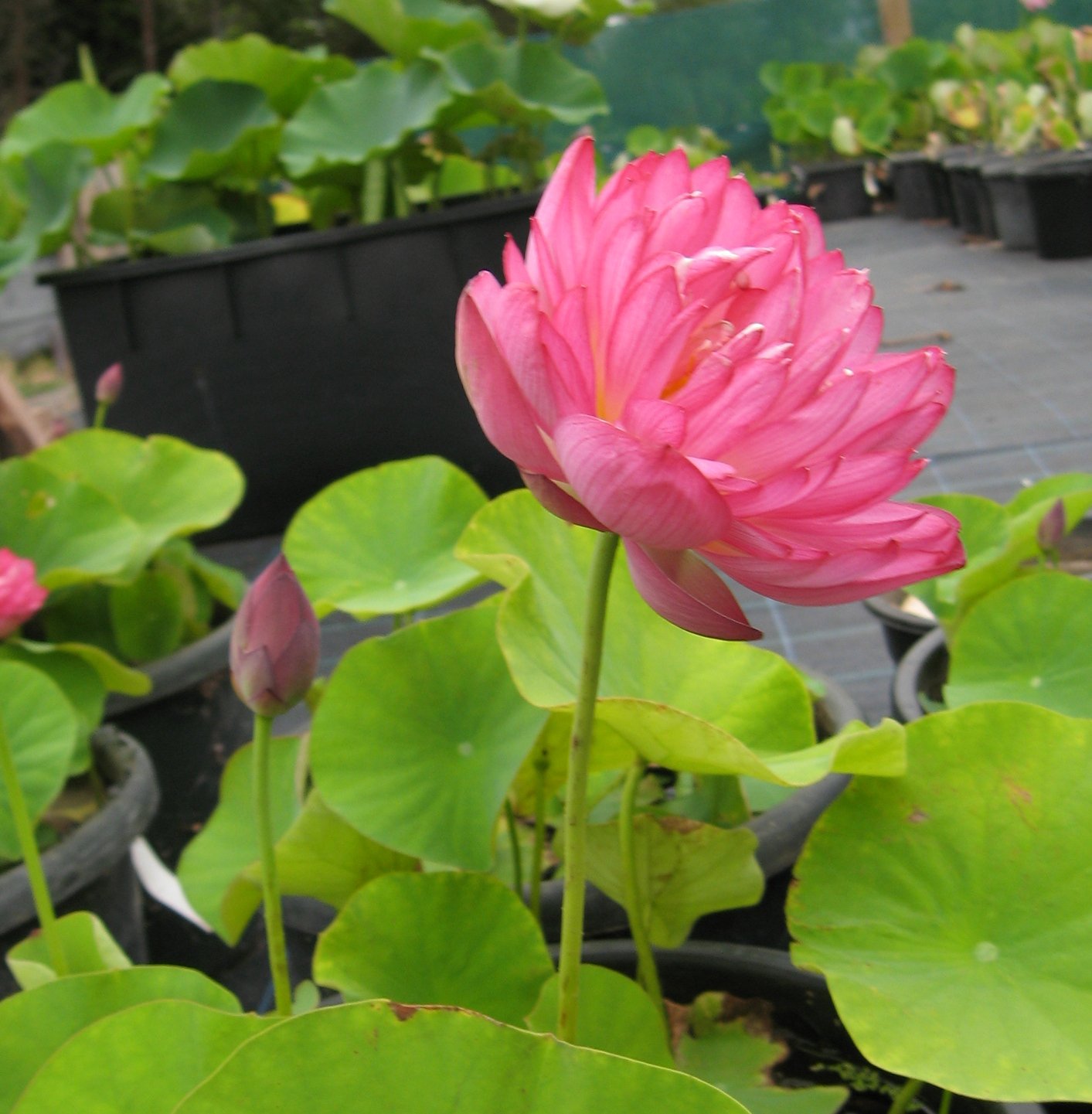
read more : Everything about chamomile flower : How to Plant & care for them
-
Lotus of Lace Gem
The lotus of lace gem is a more rare variety that has purple petals that are pointed at the ends. They have a golden centre to them and grow to be about 4 feet length. These prefer warmer climates.
-
Carolina Queen Lotus
This lotus variety is grown because of its incredible cold hardiness. Some have said it can bloom over pure ice. It grows to be about 6 feet tall and bears rose pink flowers.
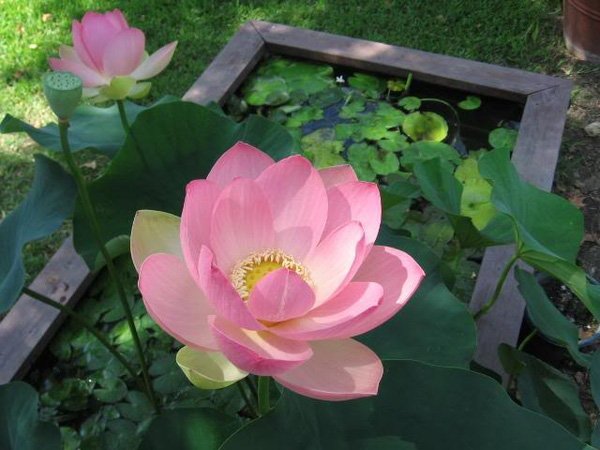
-
Green Maiden Lotus
This is a smaller variety of lotus plant that is best known for its production of double headed flowers. It only grows to be 1-3 feet tall and bears creamy white flowers with yellow tinged edges.
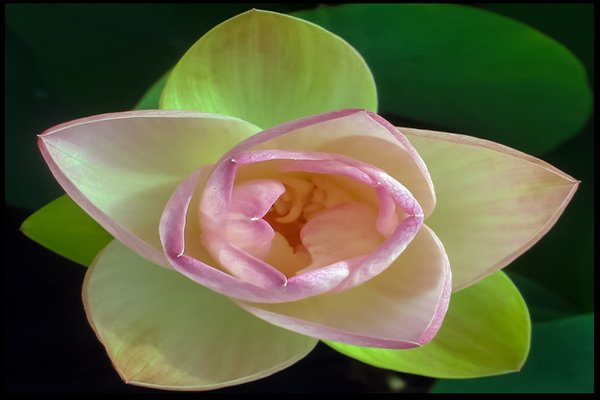
-
Asiatic Nelumbo
This plant is known for having aerial leaves that stand high above the surface of the water. They’re also known for their unusual seed pods that are often used in dried flower arrangements. They bear huge and showy white cup shaped blossoms.
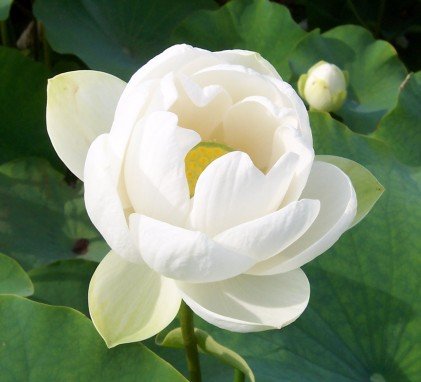
-
Lotus of Golden Wheel
Lotus of golden wheel is a delicate flower with only 20 white petals that are rounded at the tips. It has a bright golden centre that kind of looks like a buttercup!
-
Chawan Lotus
The Chawan lotus is a dwarf variety that is perfect for growing in containers. It bears small double flowers with white petals with light pink margins. Its flower shape is that of a small rice bowl, hence where the name comes from.
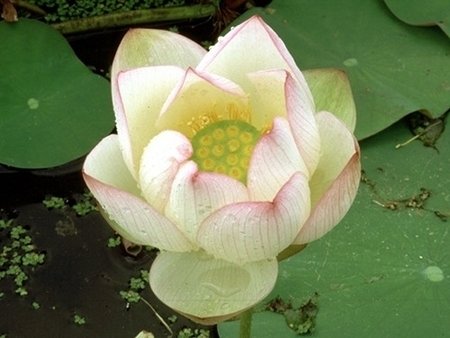
-
Lotus of the Clear Moon
Lotus of the clear moon is a favorite amongst lotus hobbyists. It bears lovely glaucous foliage that gathers water beads. It bears huge flowers 10 inches across that can be white, pink, or yellow.

read more : Everything about Iris flower : How to Plant & care for them
-
Cherry Lotus
The cherry lotus plant is a gorgeous variety that bears flowers with 18 petals each. Each flower petal begins white, then fades into pink then purple. Each flower is about 8 inches in diameter.
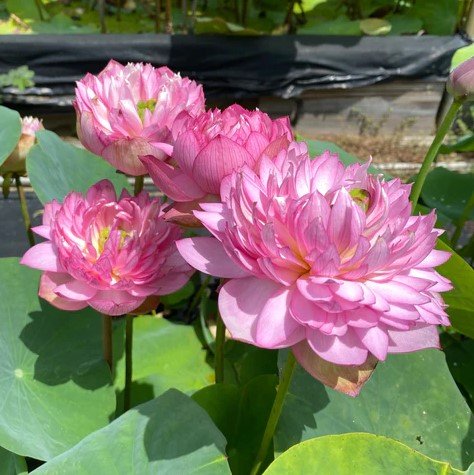
-
Sunflower Lotus
The sunflower lotus despite its name actually bears dark pink flowers. These are huge double flowers that have yellow centres and they tend to grow most prosperously in warmer climates.
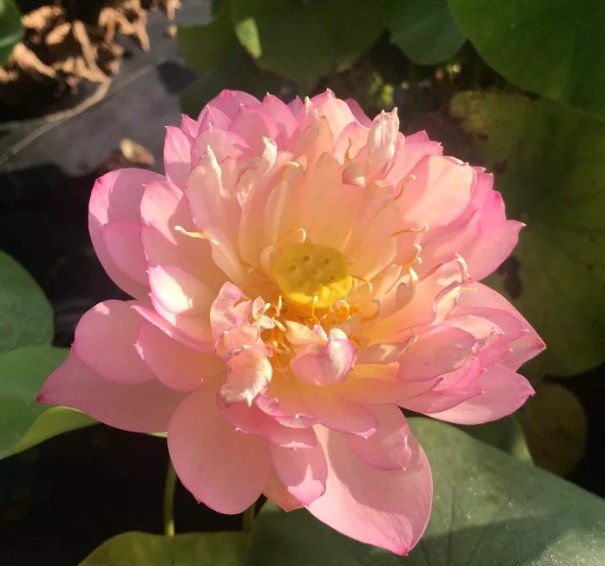
-
Japanese Lotus
The Japanese lotus flower is a smaller variety, only growing to be about 2 feet tall, but it is very well suited to colder climates. It bears gorgeous showy flowers with bright pink petals.
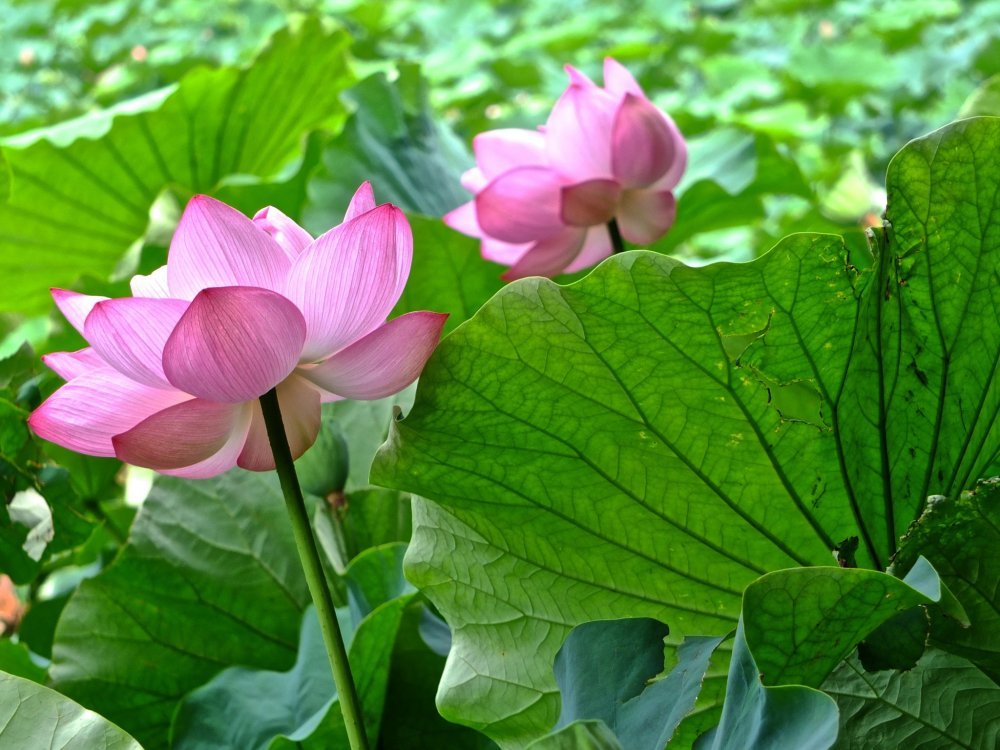
-
Little Green House Lotus
This is a particularly charming lotus variety. It bears double flowers of bright white, a yellow centre, and interesting bright green sed pods that sit in the centre, hence the charming name.
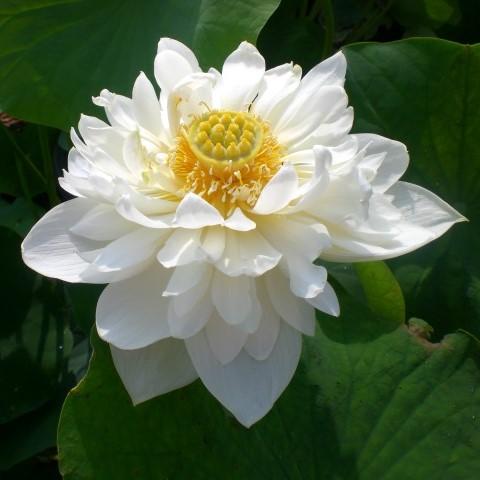
read more : Everything about okra plant : How to Plant & care for them
What are the Ideal Growing Conditions of a Lotus Plant?
If you’re feeling curious about growing lotus on your own, here are a few tips and tricks on how to keep them as happy as possible in your very own water garden. Remember, these are aquatic plants, so they grow in water!
-
Soil Type
Lotus plants really are not picky when it comes to the soil that they grow in. The earth below your chosen water garden can be sandy, loamy, or even clay! Because of the hardy lotus tubers, these plants are capable of growing in all sorts of crazy conditions and be perfectly happy.
It is also important that you choose the correct lotus variety according to how tall it will grow, and choose its growing medium accordingly. A dwarf plant won’t be happy in a super deep pond, and on the other side, a very long plant won’t be ecstatic about growing in a super shallow pool.
-
Sun Exposure
One thing that lotus plants are a little bit particular about is receiving the right amount of sunlight exposure. Lotus’ are sun loving creatures and should be planted in an area that receives full sun for at least 6 hours of the day. Less sun can sometimes result in a less enthusiastic growing period.
-
Temperature
The temperature that a lotus plant prefers will also depend on what variety it is. Varieties that are native to the east tend to be more cold hardy and can survive through some pretty serious winters! On the other hand, they are also capable of handling some seriously hot summers too.
read more : Everything about yarrow flower : How to Plant & care for them
Lotus propagation methods
Propagation is possible through rhizomes and sowing seeds. This propagation occurs underwater and at the bottom of ponds and where lotus seeds or part of their rhizome are located under the soil. They are propagated by dividing the plant in spring. The white type needs the sun, but the yellow type likes the shade of the sun or the whole shade, but it also flowers in the sun.
Notice : this article has been translated by google translate , if you have any questions or need more information Please contact us by writing a comment on this page.
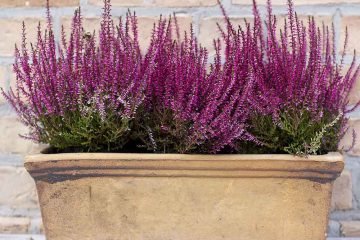
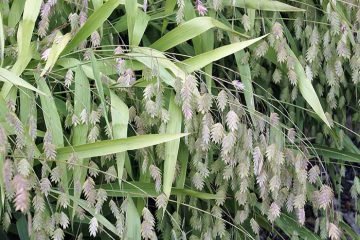

0 Comments